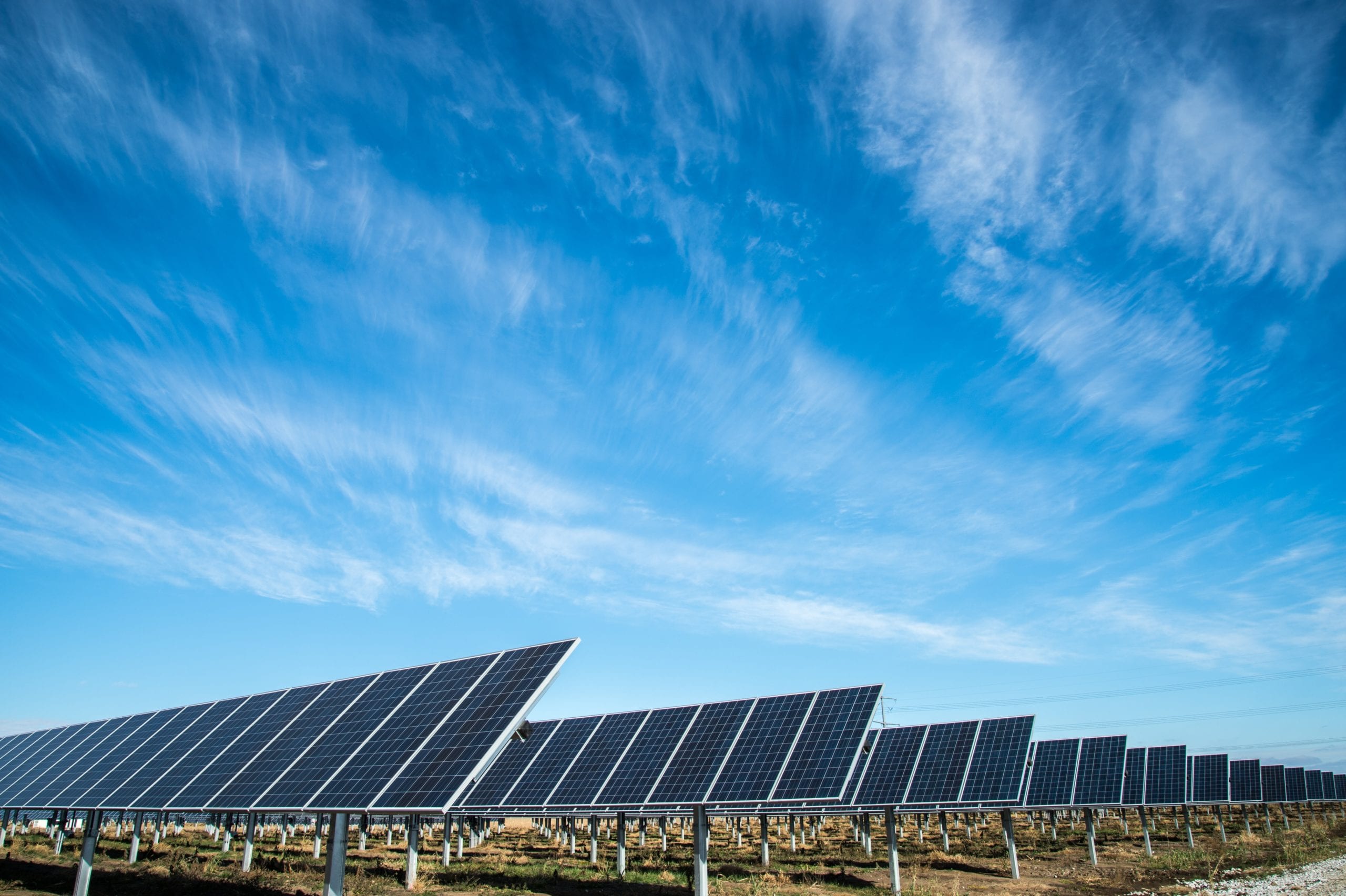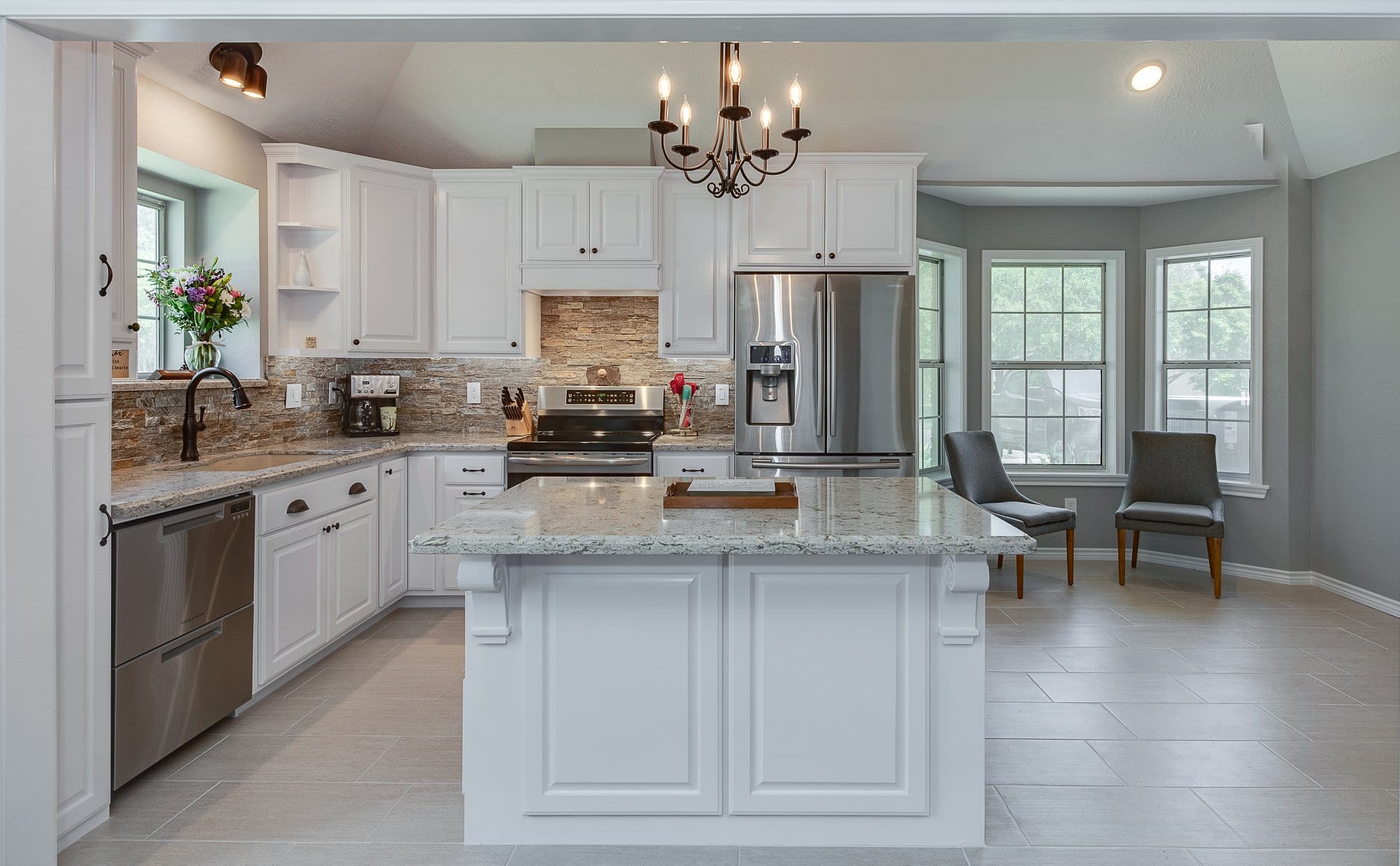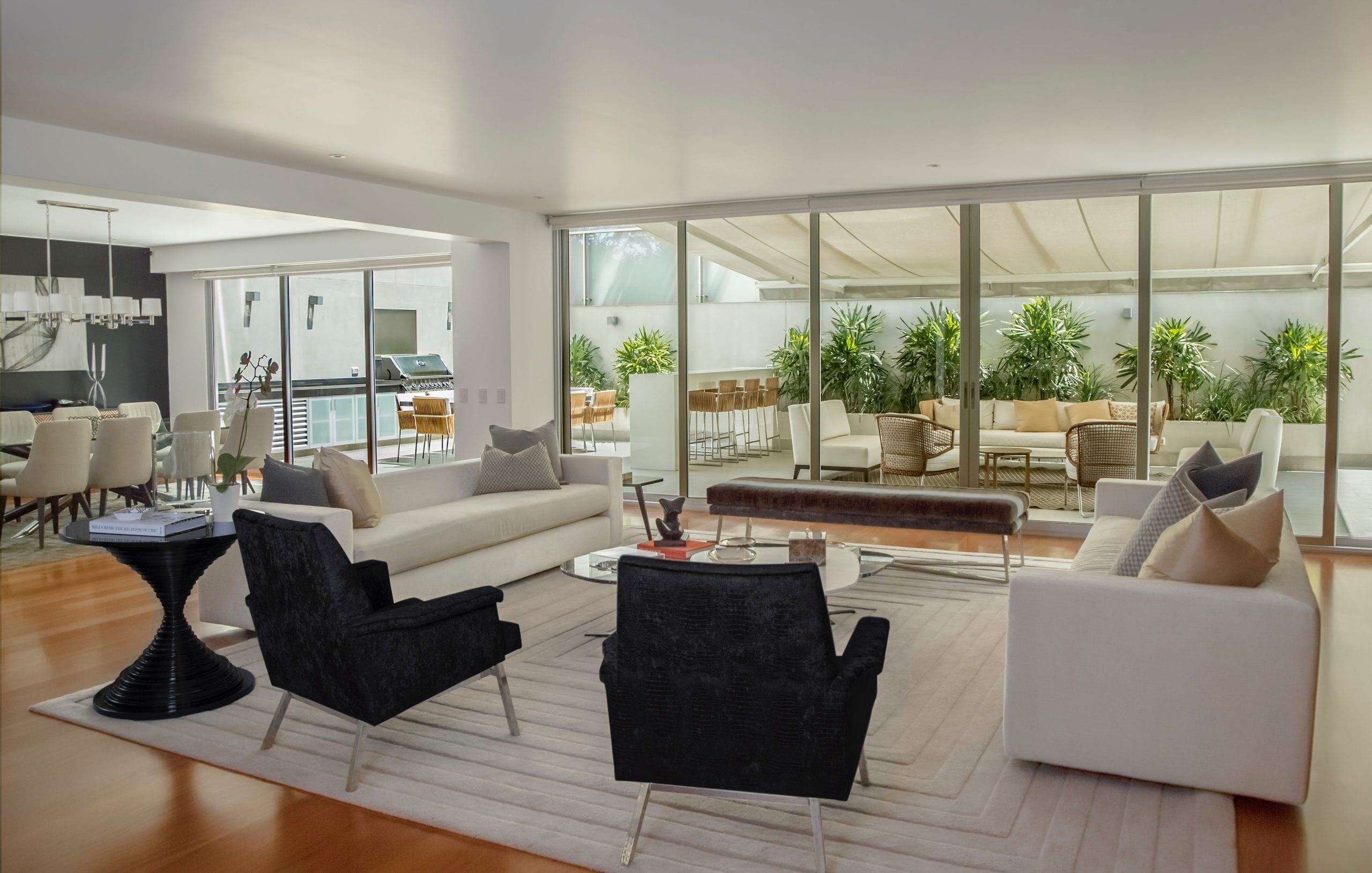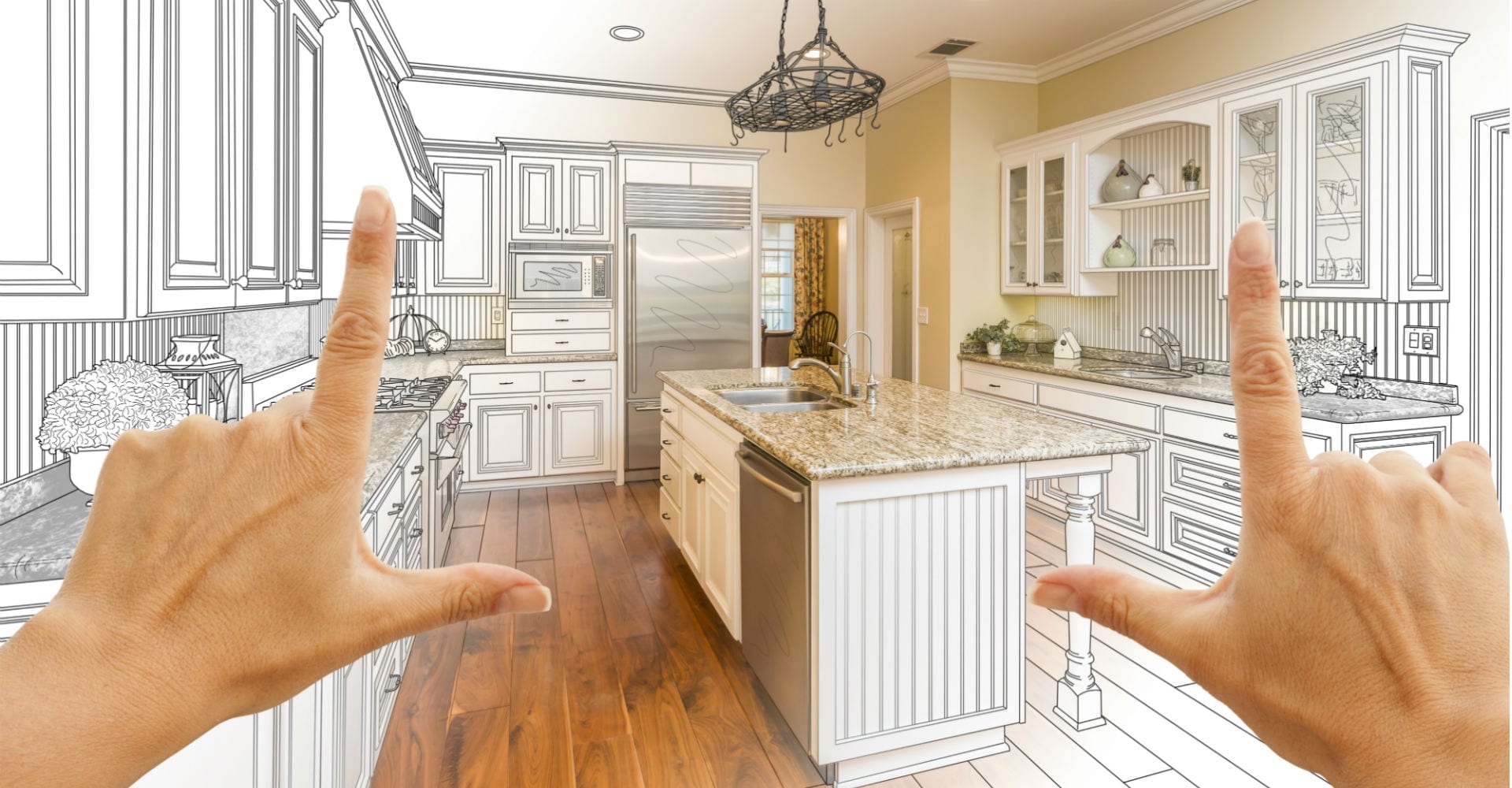
There was a recent article in the opinion section of the New York Times that very poignantly identified the need for changes in the housing industry, especially the rising need for thinking outside of the box in regard to single-family homes. What are some changes in design that should take place? And how can these changes be beneficial to you, your community, and the environment? One necessary part of a design that is often overlooked is the connection a home has to the climate and terrain of its site. Many newer homes are guilty of being copied and pasted into a plethora of different locations throughout the nation regardless of site-specific issues. Each piece of land is different and has different beauties that should be accentuated and enjoyed through your home design. At Stearns, we believe a home should not isolate you behind four walls but should instead allow you to be part of the living environment around you. This connection between the indoors and outdoors is a major factor in our approach to sustainable design and living, what we call transitions theory.
Taking location into consideration can also help make your home more efficient and functional. In our Texas climate, your home can be uncomfortable if you have direct sunlight coming into rooms during the summer. And wouldn’t it be wonderful to have an outdoor space to enjoy no matter what the time of year? Orienting a home on its site for sun paths and breezes, as well as providing appropriate shading for windows and outdoor areas, are ways to make the inside and outside spaces of your home usable and enjoyable.
Remember, your home is an expression of you and should therefore be unique like you. Not everyone lives in the same place, enjoys the same lifestyle, and has the same needs, so not everyone should have exactly the same house.









